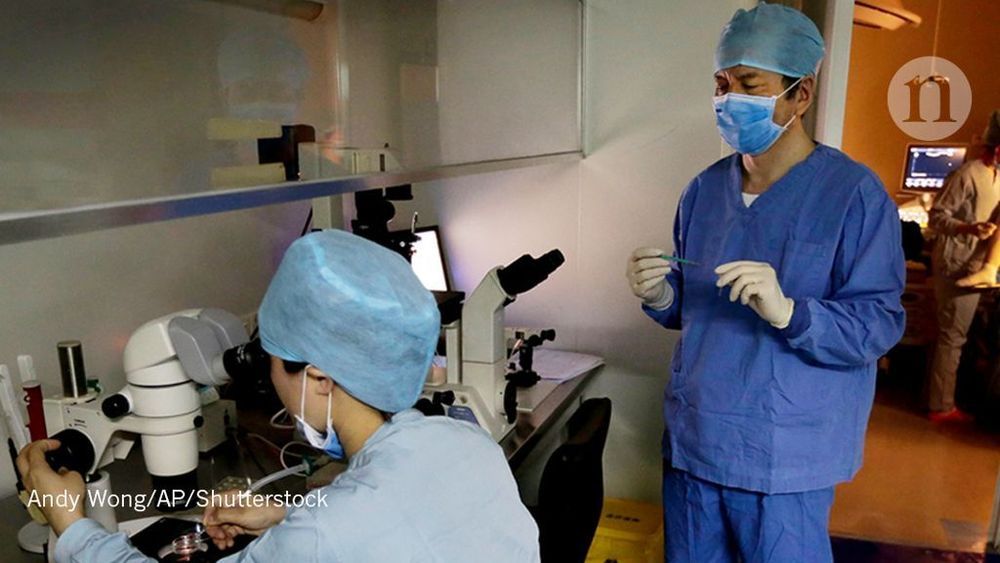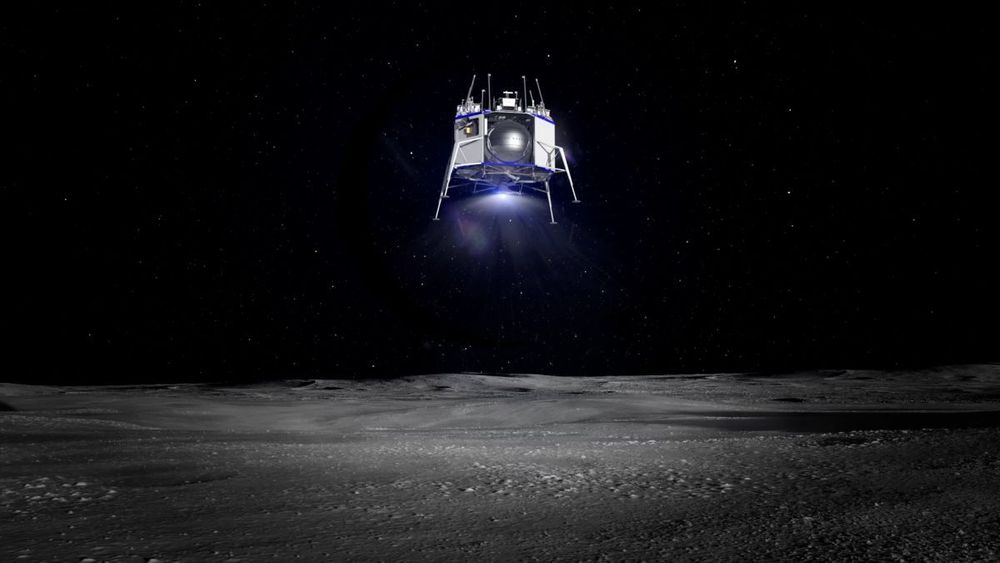Club for the Future is for you, the dreamers of tomorrow.
Club members’ ideas combined with a foundation of affordable, frequent, and reliable access to space, will help spark a future without limits. Dream. Experiment. Build. As we grow, look out for new activities, content, and opportunities to access space.






